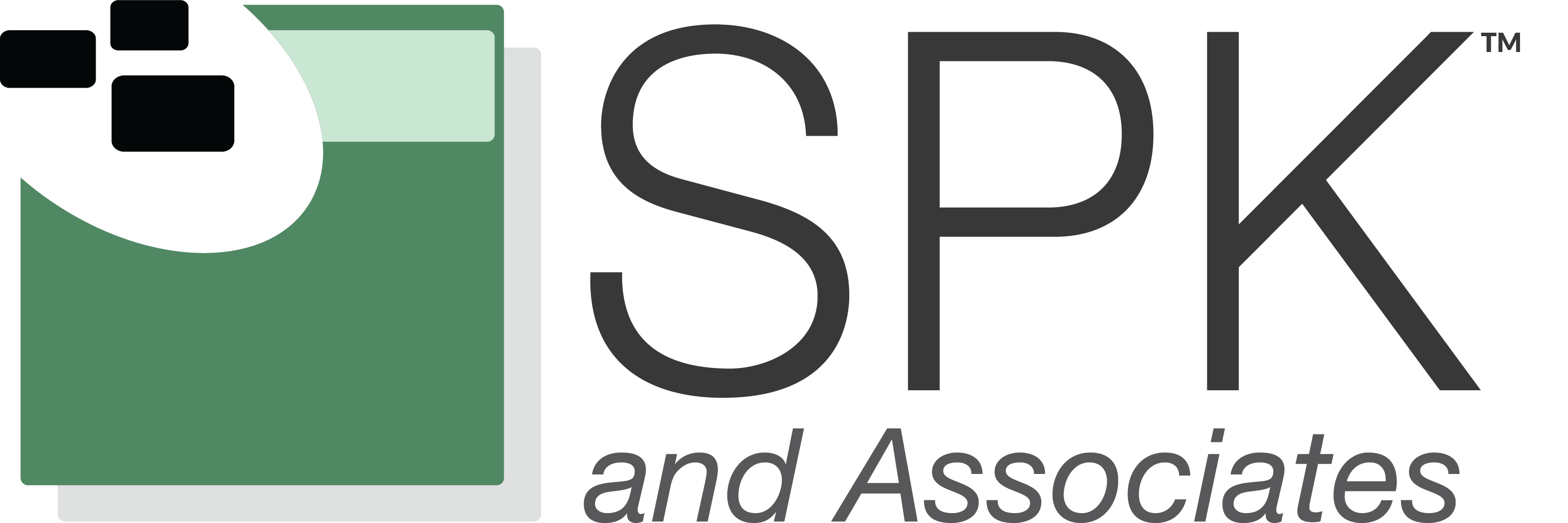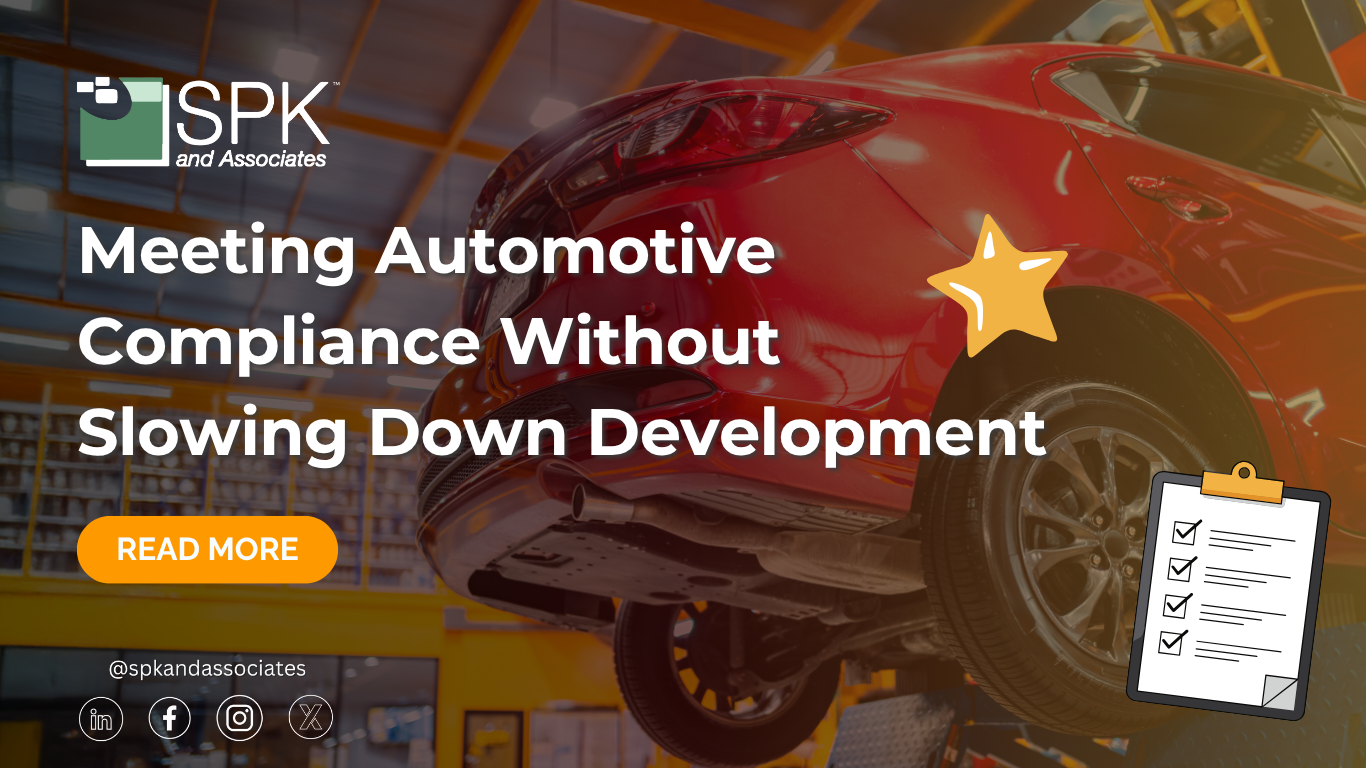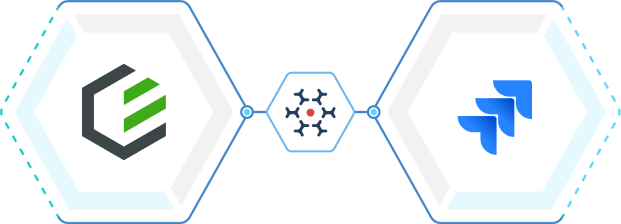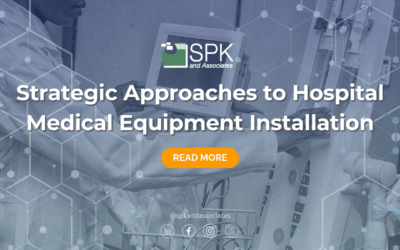Automotive innovation is moving faster than ever, thanks to the rise of software-defined vehicles, electrification, and automation. Amid this rapid evolution, one constant remains: compliance. Meeting functional safety, cybersecurity, and quality standards is essential for market access, consumer trust, and brand protection. Unfortunately, achieving compliance often slows development to a crawl. Teams must juggle shifting regulations while keeping up with aggressive timelines. However, by integrating tools like Jira and Codebeamer, automotive organizations can streamline compliance.
The Automotive Regulatory Landscape
Automotive regulatory compliance refers to the adherence to laws, standards, and safety frameworks that govern every phase of vehicle development. These frameworks are designed to ensure that vehicles meet functional safety, cybersecurity, and environmental standards before they reach consumers.
Key global regulatory authorities and frameworks include:
- ISO 26262 – Defines functional safety for electrical, electronic, and programmable systems in vehicles. It ensures that malfunctions in these systems don’t create unreasonable safety risks.
- ASPICE (Automotive Software Process Improvement and Capability Determination) – Establishes a structured framework for evaluating and improving automotive software development processes. It promotes process maturity and reliability across suppliers and OEMs.
- ISO 21434 – Focuses on automotive cybersecurity by addressing risks associated with connected vehicle systems and embedded software.
- UNECE and EPA standards – Govern emissions, environmental compliance, and manufacturing sustainability.
Compliance isn’t just about checking boxes. Complying with these standards protects consumer safety and enhances brand reputation. However, for OEMs and suppliers managing complex, global supply chains, manual compliance management is no longer scalable.
How Jira Helps Streamline Automotive Compliance
Jira, originally built for agile project management, has evolved into a flexible platform capable of supporting regulated workflows. When paired with the right configurations and Marketplace apps, Jira provides:
- Audit Trails and Change Control – Marketplace apps extend Jira Cloud’s capabilities with version control, approval workflows, and full audit histories to meet ISO and ASPICE documentation requirements. For example, eSign Electronic Signatures for Jira provides 21 CFR Part 11 compliant electronic signatures.
- Cross-Team Transparency – Jira dashboards and filters enable real-time visibility into requirements, risks, and verification tasks across mechanical, electrical, and software teams.
- Integration with ALM Tools – Jira’s open APIs and integrations with Codebeamer, GitHub, and test automation tools create a single traceability chain from requirement to release.
With these capabilities, Jira supports a digital approach to compliance. Your teams can replace their spreadsheets and static documents with dynamic, auditable workflows.
How Codebeamer Supports Automotive Compliance
Codebeamer, PTC’s powerful Application Lifecycle Management (ALM) platform, was purpose-built for safety-critical and regulated product development. It supports the complete lifecycle, from requirements and risk management to testing, validation, and audit reporting. For automotive teams, Codebeamer’s ISO 26262:2018 & ASPICE Template accelerates compliance readiness by embedding the required processes, roles, and artifacts directly into the system.
Key Benefits of Codebeamer’s ASPICE Template
- Pre-Configured Workflows – Aligned with ISO 26262:2018 and ASPICE process models, enabling teams to onboard quickly and ensure full lifecycle coverage.
- End-to-End Traceability – Maintains trace links between requirements, design elements, hazards, test cases, and change requests. This is essential for both ISO 26262 and ASPICE audits.
- Automated Documentation – Generates compliance evidence and audit reports without manual rework.
- Risk and Test Management – Built-in modules simplify hazard analysis, FMEA, and validation testing.
- AI-Based Test Case Generation – Uses AI to create, update, and optimize test cases based on evolving requirements, reducing human error.
This template is particularly valuable for automotive systems engineers dealing with the process governance and documentation side of ISO 26262, which often causes delays. By automating these processes, Codebeamer helps teams maintain compliance while focusing on innovation.
Integrating Jira and Codebeamer for Smarter, Faster Compliance
When integrated, Jira and Codebeamer bridge the gap between development agility and regulatory rigor. Together, they provide:
- Unified Traceability – Link Jira issues (requirements, bugs, stories) to Codebeamer artifacts (hazards, risks, tests) for a continuous compliance chain.
- Workflow Synchronization – Changes in Jira automatically update corresponding items in Codebeamer, keeping safety documentation aligned.
- AI-Enhanced Testing – Combine Codebeamer’s AI test generation with Jira’s test management extensions for a streamlined validation pipeline.
- Automated Reporting – Generate ISO 26262 and ASPICE audit reports with real-time data from both tools.
- Collaboration Across Teams – Enable engineering, quality, and compliance teams to work together in one connected ecosystem.
By linking Jira’s flexibility with Codebeamer’s structured ALM backbone, automotive organizations gain a digital thread of compliance without slowing down production cycles.
Achieving Automotive Compliance Amongst Changing Regulations
Compliance in the automotive industry doesn’t have to involve delays, duplicated work, or disconnected systems. As regulatory frameworks evolve, adopting integrated platforms empowers automakers and suppliers to stay compliant and efficient. By leveraging traceability, automation, and AI, your teams can achieve improved safety and sustained innovation. Partner with SPK and Associates to modernize your automotive development ecosystem.












